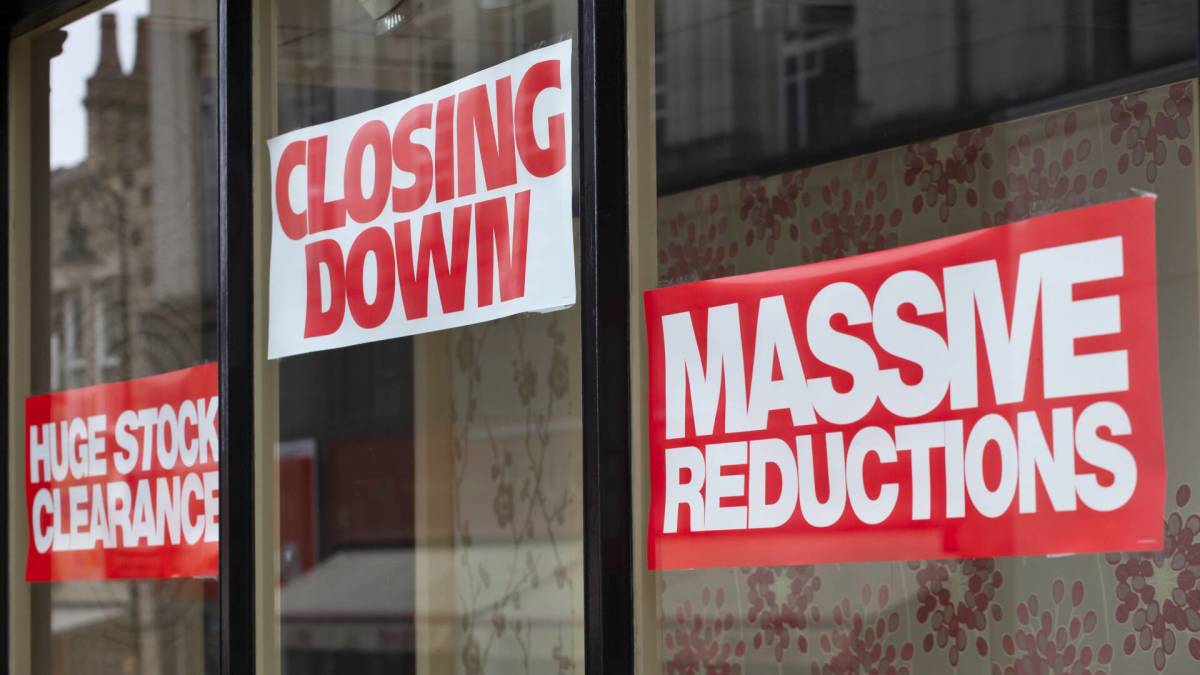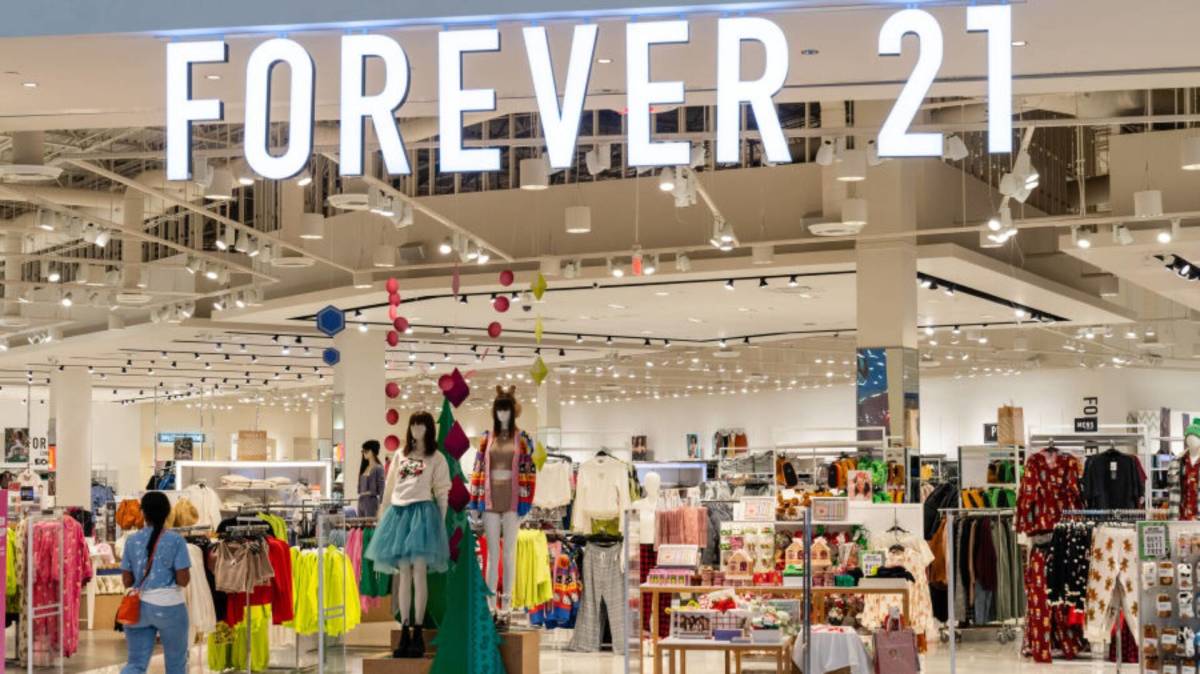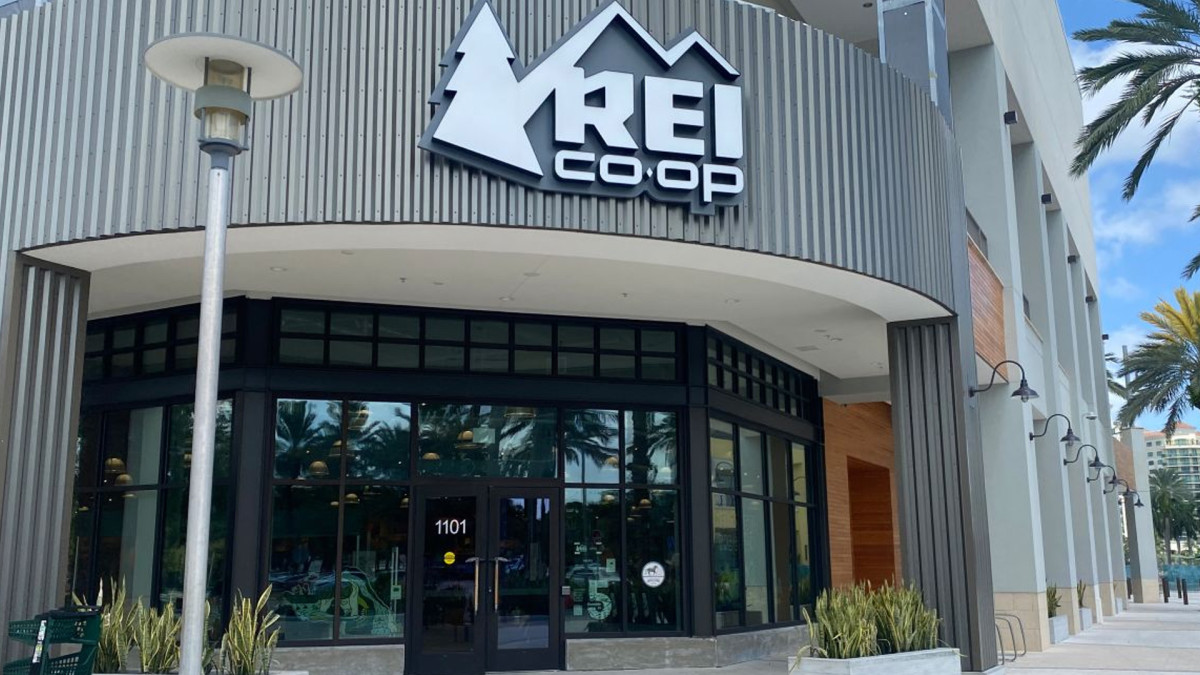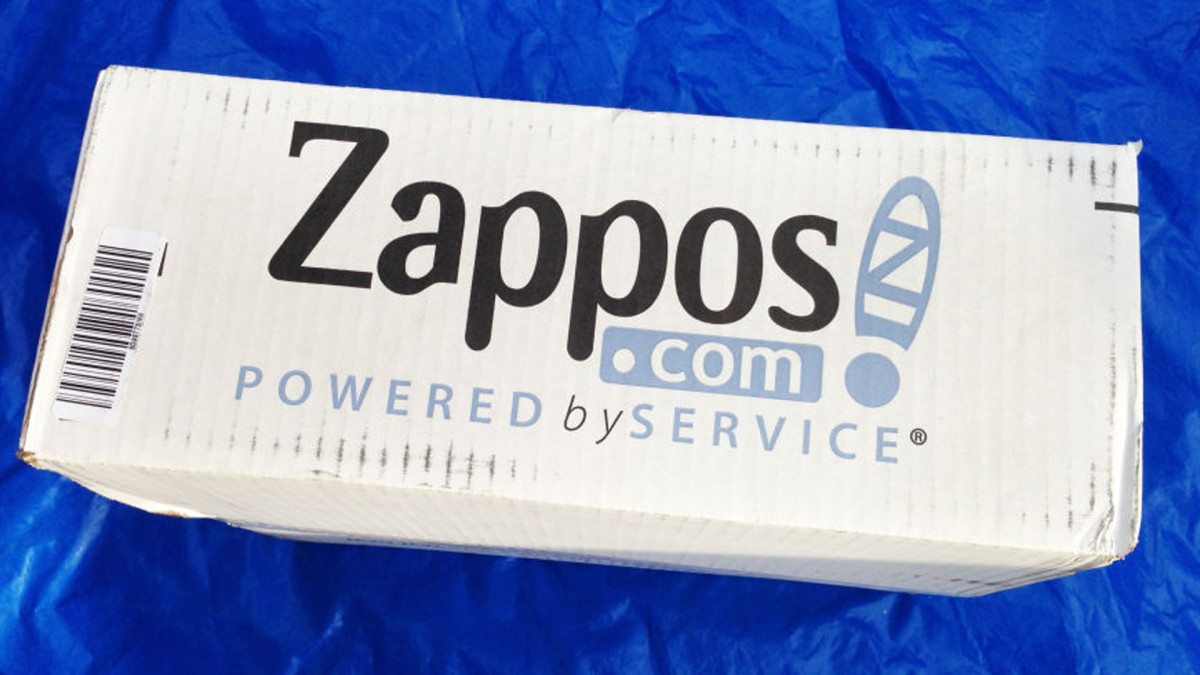Bankrupt fashion brand plots comeback with a twist
Fast fashion's brick-and-mortar presence has been challenged over the last couple of years.

Once my daughters outgrew Justice and Gap Kids and began making their own clothing choices, they turned to Forever 21 and H&M.
While fast fashion isn't my personal preference, my girls appreciated the trendy styles they could find without breaking the — i.e., my — bank.
However, it didn't take long for them to realize that the low price tag came with compromises — namely, the items weren't very well made and didn't last. These days they both prefer secondhand shopping, seeking higher quality and unique pieces that their friends aren't wearing.
Thrifting isn't as cheap as it used to be, but my girls are pretty discerning and tend to choose items they know will last.
Their shift from inexpensive, almost disposable clothing reflects a broader trend: Fast fashion has been struggling recently, leading many brands to file for bankruptcy or completely shut down.
For a time, it seemed Forever 21 might be in that latter category, at least in the U.S. (Forever 21 still operates globally).
Now, the fast-fashion brand is getting another chance at life. Image source: Bloomberg/Getty Images
Forever 21's digital-first revival
In March 2025, Forever 21 filed for Chapter 11 bankruptcy protection for the second time in six years, citing rising costs and increased competition from international fast-fashion companies like Shein and Temu.
By May 1, the company had closed all 354 of its U.S. locations and shifted its focus entirely to e-commerce and wholesale partnerships.
"We’ve been unable to find a sustainable path forward, given competition from foreign fast-fashion companies, which have been able to take advantage of the de minimis exemption to undercut our brand on pricing and margin," Forever 21 CFO Brad Sell told Reuters at the time of the bankruptcy filing.
Related: Nordstrom closes more stores amid worrying shopper behavior
Now, to navigate its post-bankruptcy phase, Forever 21 just revealed three significant partnerships aimed at revitalizing its brand presence:
- Unique Brands will oversee Forever 21’s U.S. e-commerce and men’s wholesale operations.
- Mark Edwards Apparel has taken charge of the women's wholesale segment.
- Kidz Concepts will manage the brand’s U.S. kidswear division.
These collaborations are designed to cater to Millennial and Gen Z consumers, aligning with current shopping trends that favor digital platforms over traditional brick-and-mortar stores.
That doesn't necessarily mean brick-and-mortar is dead for Forever 21.
“We are in advanced discussions with a leading retail operating partner to open new U.S. stores,” an Authentic spokesperson told RetailDive. “This is part of our commitment to maintaining a physical presence for the brand and ensuring its continued success by balancing its touch points across digital and in-store experiences.”
A brief history of Forever 21
- 1984: Founded as Fashion 21 in Los Angeles by Korean immigrants Do Won Chang and Jin Sook Chang, the store was a modest 900-square-foot space targeting the local Korean American community.
- 1989: Rebranded to Forever 21, the company began expanding rapidly, opening multiple stores across California and later nationwide.
- 2005: Acquired Gadzooks for $33 million, doubling its store count and solidifying its position in the fast-fashion industry.
- 2019: Filed for Chapter 11 bankruptcy protection, citing overexpansion and a failure to adapt to e-commerce trends. The company was subsequently acquired by a consortium including Authentic Brands Group.
- March 2025: Filed for bankruptcy again, leading to the closure of all U.S. stores and a complete shift to a digital-first business model.
- September 2025: Starts a "new chapter," focused on digital commerce, wholesale and youth apparel.
Forever 21's financial challenges and market pressures
Forever 21's decision to shutter U.S. stores came after years of financial challenges. In its latest bankruptcy filing, Forever 21 reported liabilities between $1 billion and $5 billion, with assets ranging from $100 million to $500 million.
The company attributed its financial woes to declining mall traffic and intense competition from online retailers like Shein and Temu, which have leveraged the U.S. de minimis exemption to offer low-priced goods without duties.
Looking ahead: the future of Forever 21
Forever 21's future hinges on its ability to adapt to the evolving retail landscape. The brand's success will depend on how effectively it can leverage its digital platforms and partnerships to reach consumers.
While the closure of U.S. stores marked the end of an era, it also opens a new chapter for the brand in the digital age.
The company will still have to face ongoing backlash about the processes fast-fashion brands use to deliver inexpensive goods.
Related: JCPenney strikes massive deal for 119-store sale
“It is cheaper for a brand to underpay workers in a factory in Bangladesh or China and then pay for shipping to the states than to produce their products here,” Associate Professor at TCU’s Neeley School of Business Carrie Kremmer said in the 2024 report Is the Price Worth Paying?
"When you know better, you do better, except that is not the case for fast fashion,” Kremmer said.
Adding to the challenges facing fast-fashion brands are the secondhand and resale sectors.
U.S. secondhand apparel sales jumped 14% in 2024, growing at five times the rate of the overall apparel market, according to a report from the U.S. Chamber of Commerce.
"The increasing shift to online resale purchases is one of the most interesting trends documented in this year’s report," ThredUp’s Chief Strategy Officer Alon Rotem told the Chamber.
Whether my daughters will return to Forever 21 in its digital-only format remains to be seen. Right now, they seem to love digging through the “bins” at the thrift stores and coming home with unique treasures.
Related: Iconic retail chain closed 80% of its stores
What's Your Reaction?





















































